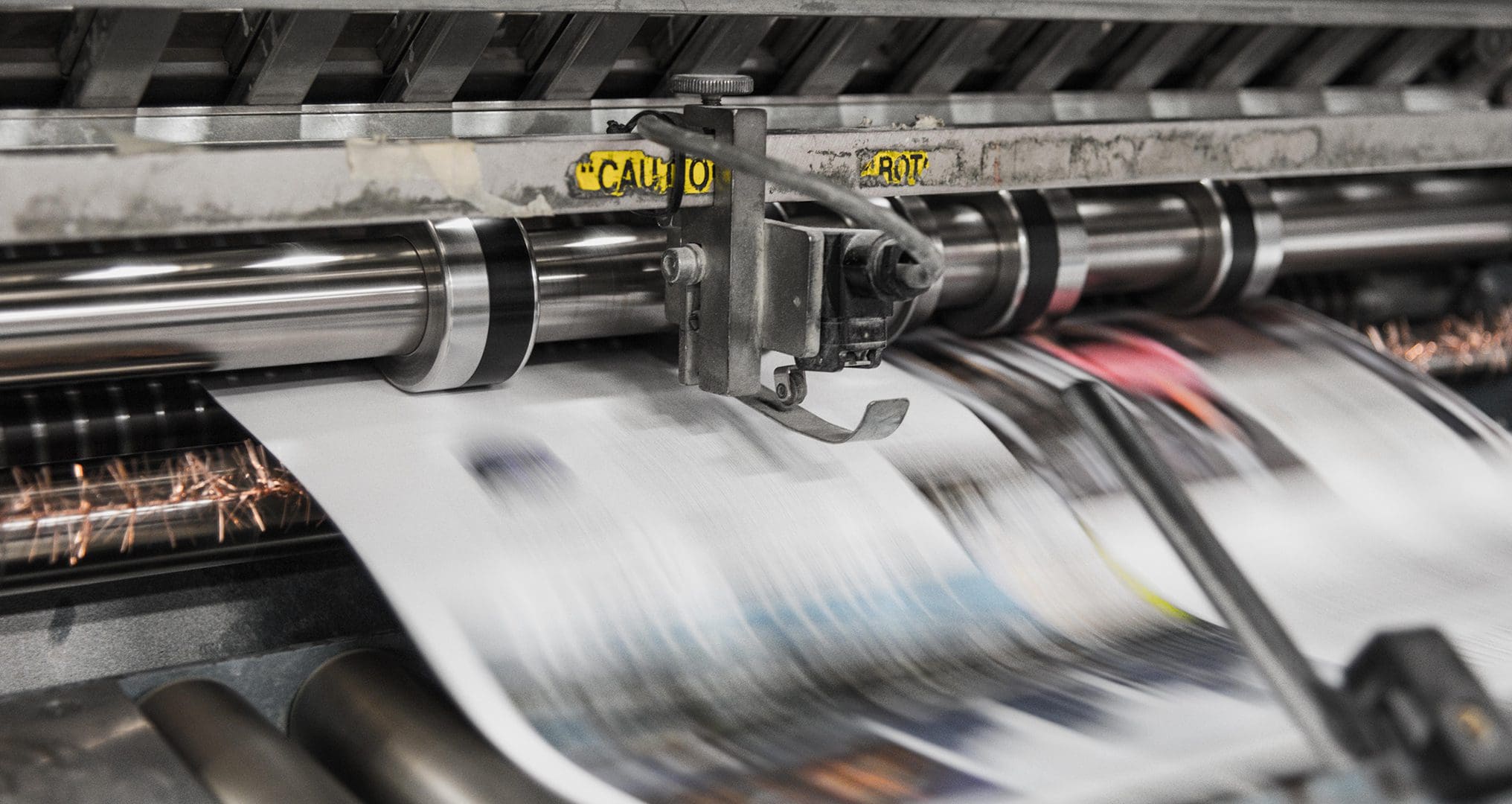Photo Credit: https://unsplash.com/photos/Tzm3Oyu_6sk
It’s easy to take for granted the process in which certain materials and matters are made that we may using every week, and as a printing company who orders our print ink to be shipped in ready for use, it’s even easy for US to not fully appreciate how this key ingredient to our business until we take the time to educate ourselves.
In terms of how printing ink is made, different varnishes (a clear liquid that is the base of any ink) are made for various inks. But they are all made by mixing the resins, solvents and additive, often at high temperatures, to form a homogeneous mixture.
BUT WAIT…THERE’S MORE…
Resins, which bind the ink ingredients together, react together and make the varnish more viscous. Pigments are then mixed into the varnish and then ground to break up any clumps. The colors are spread evenly through the ink.
And that’s just HOW printer ink is made, not what it’s made OF…
What is printer ink made of?
Ink is a liquid or paste that contains pigments or dyes. Pigments give ink its color and comes from a variety of sources containing nitrogen compounds – commonly known as dyes. Ink is used to produce text or an image.
Over 90% of inks are printing inks, in which color is imparted by pigments rather than the dyes used in writing inks.
There are several “see how it’s made” videos floating around the web, but this roughly clip of how to make printing ink is one of the best we have seen!
How is ink different to toner?
Both ink and toner are used for home and business printing, however the way they are applied to paper is different.
Ink is a liquid tinted with pigments and dyes, used in inkjet printers. There are two types: dye-based (colorants dissolved into liquids) or pigment-based (fine powder suspended in liquid).
Inkjet printers spurt tiny drops of ink through miniscule nozzles, onto paper.
Toner, on the other hand, is a very fine powder made from polyester; a type of plastic. In a laser printer, the laser creates an electrostatic template of your image on a rotating metal drum, which carries an electrical charge.
A cartridge dispenses toner onto the drum, but the toner sticks only to certain areas where the laser changes the drum’s electrical charge.
How are the different colors formed?
Black ink is made from carbon black while white pigments, including titanium dioxide are used alone or to adjust characteristics of colored inks.
Traditional printers use four colors of ink: cyan, magenta, yellow, and black. Newer printers often have additional inks, such as light cyan, light magenta, or grey to improve image quality.
Why is printer ink so expensive?
One might get that feeling walking out of a store having spent $35 for a single ink cartridge that appears to contain fewer fluid ounces of product than a Heinz ketchup packet. We agree…ink is expensive and it’s hard to see the value. But don’t be fooled into thinking that buying cheap cartridges will save you money. Ink technology is expensive to develop, but you pay for reliability and image quality.
The key point in a nutshell: You get value for the money. Just like when pulling the trigger for your print project: don’t go cheap. Purchasing a printer and buying official ink or toner cartridge replacements is the best way to ensure that your machine lasts longer and operates to the best of its ability. Although this may seem like the more expensive option, it will actually save you money in the long run.
So as you can see, there is so much that goes into making printer ink so that it can produce a stunning finished product! Give us a ring if you’re ready to put some ink on paper for your next print making need: (317) 849-6565.

